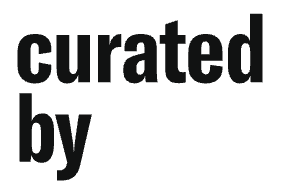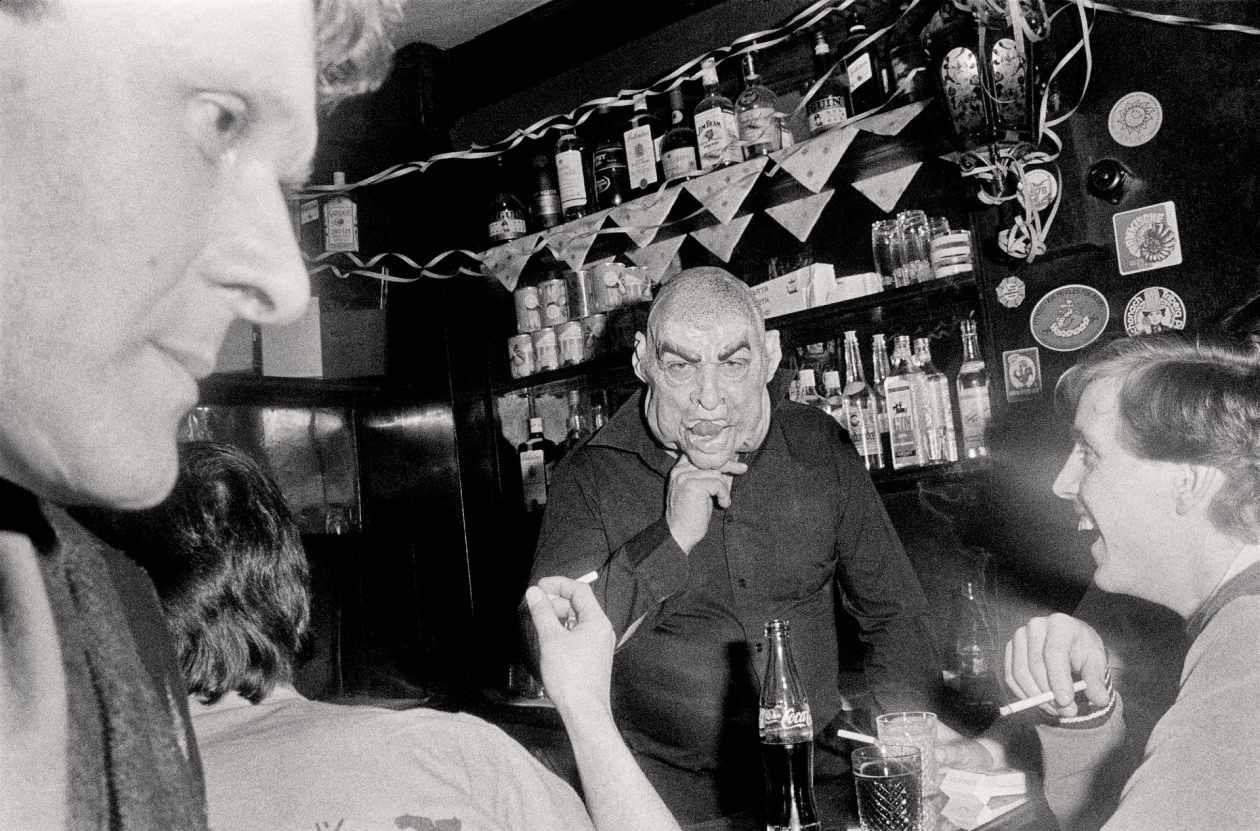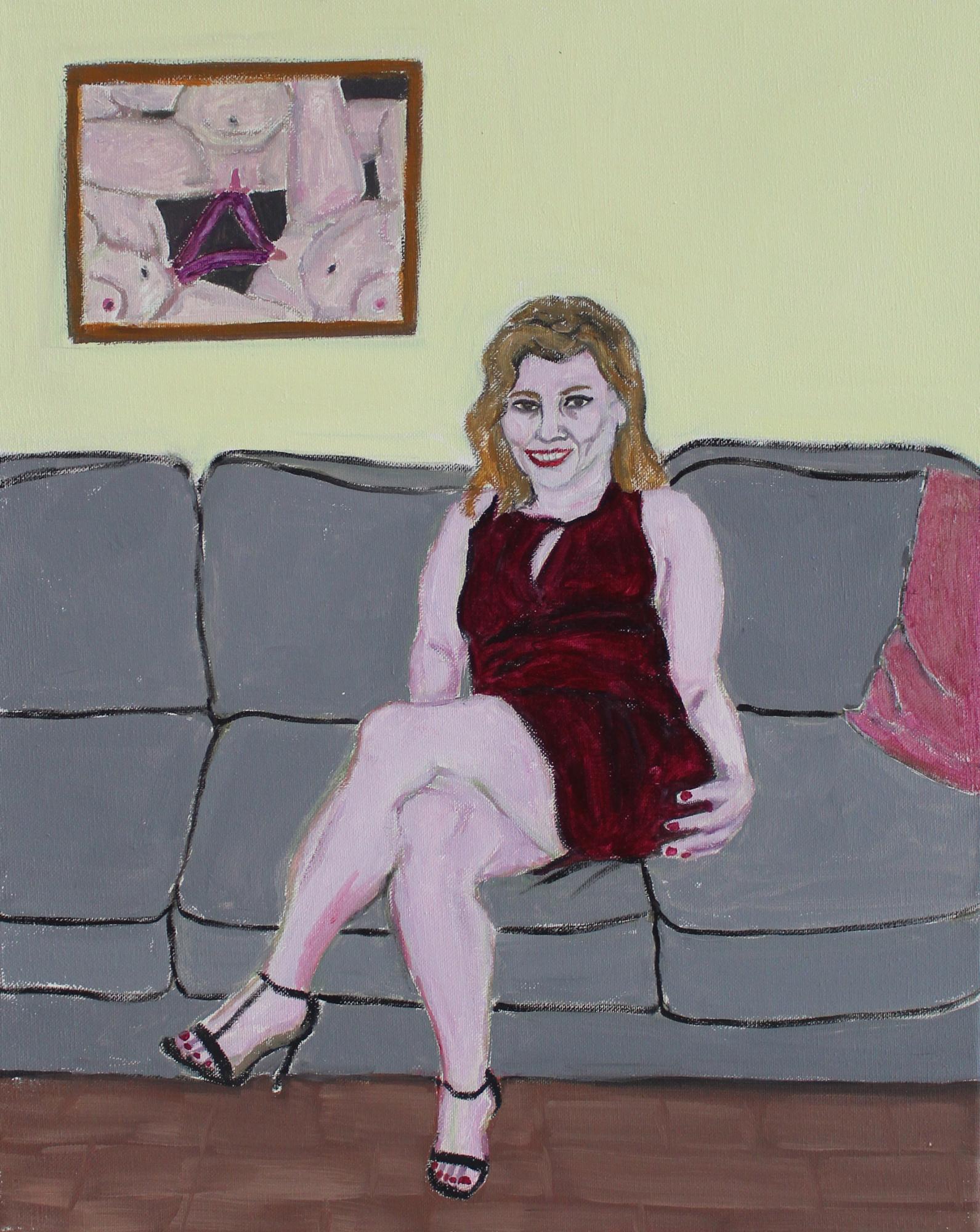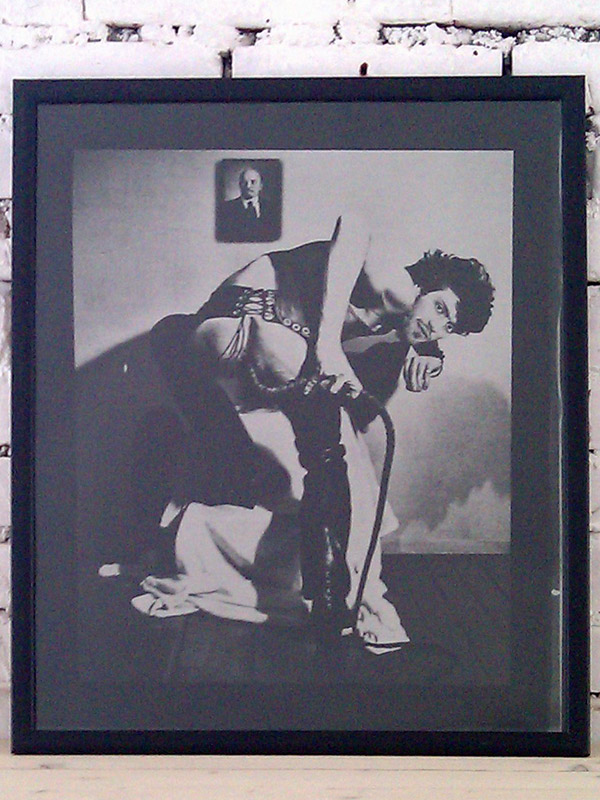Shore curated by Pierre-Alexandre Mateos & Charles Teyssou
„Das Gold der Liebe“

www.shore-gallery.eu
Curator(s):

Pierre-Alexandre Mateos (1989) and Charles Teyssou (1988) are a duo of curators and writers based in Paris. Upcoming and ongoing projects include: Cruising Pavilion, a reader, HEAD School, Geneva; The Opioid Crisis Lookbook (Issue 3 with Dustin Cauchi and Dasha Zaharova); Public Program Paris Orbital, Bourse de Commerce Pinault Foundation, Paris; exhibition Clowns Kingdom, Maison du Danemark, Paris; solo exhibition Julian-Jakob Kneer, Blue Velvet Projects, Zurich; archives Arles Terminal City, LUMA Foundation, Arles.
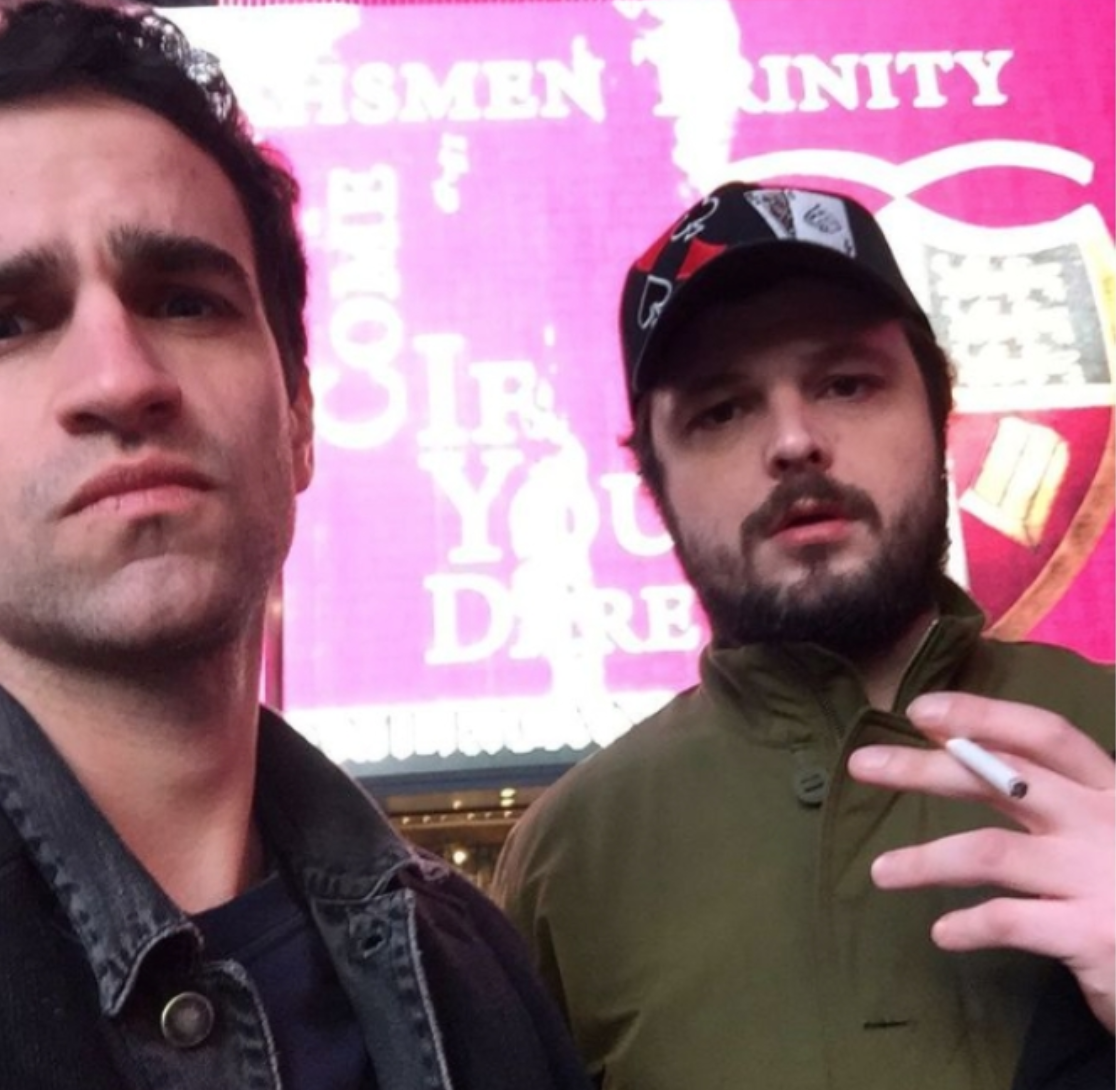
Artist(s):
- Libuše Jarcovjáková
- Roman Minaev
- Anna Mária Beňová
- Wiktor Grodecki
- Nikolay Georgiev
- Alfred Jarry
- William E. Jones
- Pierre Klossowski
Exhibition text
More
Das Gold Der Liebe is an exhibition as a pornology. It fantasizes about empires in decline, and damaged bodies. The positions it features are heterogeneous and sometimes contradictory but think, pastiche or disrupt a libidinal horizon in the “East”. Romance novels, conversations between disciples and students, dirty tabloids, pornographic genre scenes, intimate and jerky photographs, philosophical torture texts, all rely on a holy trinity: desire, power, value. In this small disjunctive theater and perverse cabinet, the bodies become "Living Money" and "worth for any body". The representations of desires are thus taken as revealing histories, economies and geographies. Das Gold Der Liebe is a room of obsessional images where the sexual act functions as a founding narrative.
1902-1954: Industrial societies have reinvented love. In his novel Le Surmâle, a modern novel, the poet Alfred Jarry invents a potion (perpetual motion-food) allowing to make love almost indefinitely. During a crazy race, a machine or (sexual) exoskeleton driven by five cyclists will achieve the feat of covering the 12,000 kilometers between Paris and Irkutsk while overtaking a steam engine. Also, the shadow of a Superman with tenfold capacities hovers. In 1954, Michel Carrouges, an author and draftsman who specialized in illustrations of machines célibataires, will depict this fuck-machine. Reread in the light of the contemporary, we think of a chemsex marathon and a kind of 1900 accelerationism. Le Surmâle is a hypermodern novel that anticipates the notion of unlimited possibility and the XX as a century of sporting and sexual records.
1996: In the years following the fall of the Wall and the breakup of the Soviet bloc, thousands of Germans and Austrians crossed the border to do sex tourism in the city of Prague. The boys would be more open and would have, according to an orientalist stereotype, a more fluid sexuality. The Polish director Wiktor Grodecki in the documentary No Body Without Soul interviews minors about their passage to prostitution and then to the pornographic industry. In this exercise that turns out to be manipulative, he adds music by Malher and Vivaldi, zooms in on weeping faces, borrows in his chromo from a grunge romanticism à la Christiane F. In this anti-Bildungsroman where the condemnation of sexual acts is never far away, there are unresolved tensions between soft-porn, voyeurism, malaise and tragedy. Are these boys the victims of clients, directors and voyeuristic spectators? Are they instead the capitalist entrepreneurs they portray? Grodecki's film raises moral questions that are left unanswered.
1984: In the same city of Prague, photographer Libuse Jarcovjáková documents the life of a gay club where sometimes happy and lost individualities flourish. She also photographs herself alone, bored, in love or haggard in a modest room. The images as well as the subjects are always in a borderline or peripheral point. In this diary, she gives herself up in an almost wild state. If there is a documentary aspect to this work describing queer and uninhibited lives under the Iron Curtain, it is above all its vibratory quality that interests us here: an eroticism in hollow, sensations of humidity and morning hours, in short a form of carnal realism.
2020: From Bulgarian tabloids, Nikolay Georgiev collects images of bodies augmented by steroids or modified by cosmetic surgery. These hyperbolic, turbo-folk silhouettes are part of a historical sequence in which Bulgaria's horizon was its participation in the Olympic Games, a great matrix of geopolitics of bodies. Declined in the form of collages, fanzines and on the cover of a musical project realized by Georgiev in Harsh-Noise style; Olympic Hopes draws in filigree the passage to a brutal market economy while suggesting a universe of criminality and corruption -almost an archetype- tinged with a homoeroticism which ignores itself.
2022: It was during a workshop in the Czech Republic that the painter Anna Mária Beňová from Bratislava began this series of paintings with gloomy eroticism after her teacher asked her if she came from a bigoted family. Accustomed to depicting genre scenes from the pornographic industry, Anna Mária Beňová, illustrates with this series the porn-kink of Family Affairs or simulated incest. Marked by a form of grotesque, her canvases with lacustrine or mustard yellow hues seem to espouse a universe of neuroses and cursed images. Sometimes a ghostly figure disappears in the glaze, elsewhere the smile is frozen as in a masturbatory introduction scene that is too long, in another painting the actors become body-cases or body-furniture à la Allen Jones. His grating and eye offensive paintings are as much sick pastiches as pale simulacra of a culture of the pornographic image omnipresent in the contemporary world.
2012-2022 : An obscene self-portrait of Robert Mapplethorpe in front of a mini-portrait of Lenin; a photograph of an open vagina with the highest military distinction; Roman Minaev's montages are all provocations or competition of artistic taboos in a Russian context. By using a postcard format, he takes up the principle of images coming from the West and sold under the cloak in the Soviet context. In the context of Russia's war with Ukraine, his iconoclastic images suffer from the same ban today. Indeed, the negatives that were kept in Moscow were impossible to print, they had to be send to Hamburg to be developed. Potentially falling under three charges: contempt, propaganda and treason, his pictures-troll refer to a war of images, ideologies and a supposed icono-conflict between East and West.
1994: Pierre Klossowski was a triple inspiration for this exhibition. Firstly, his famous concept of "living money", money made up of living beings considered as sensational objects for the consumer, an idea that irrigates this exhibition and that has been developed by a philosophical text commissioned to Quentin Dubois, a French academic specializing in Klossowski and editor of the queer magazine Trou Noir. Secondly, because he had for Vienna in 1994 the adaptation of an aborted project: The immortal adolescent (L’adolescent immortel, 1994) In this play which revisits his Gidian youth (Les Faux monnayeurs, 1924), he stages Ogier de Bausseant, an androgynous teenager with a troubling beauty who is prey to the desires of the knights of the order. A mythical Christian order that organized the crusades (pilgrimage of armed bodies) to Jerusalem, the Knights of the Temple were disbanded and executed by Phillip le Bel for heresy and alleged sodomy. Klossowski, by taking up Ogier's drawing after having put it into a story in Le Baphomet (1965), evokes the rise of his own desire. This desire is according to him, immortal but monetizable as the great organizing principle of human passions, somewhere lost between the specters of Marx and Doctor Freud.
1998: In The Fall of Communism as Seen in Gay Pornography, Willem E. Jones chastely reassembles gay pornographic films. Consumed mostly by a Western audience and performed by actors from the former Soviet bloc, these films are questionable. The empty looks, the uncomfortable gestures during the sexual intercourse, the raw lights, the setting of an empire in agony participate in the original films more of a staging than of a real necessity. E. Jones cites two moments in the twentieth century when white bodies are (particularly) used in Europe as part of a sexual market: one after the First World War in a bloodless Germany, the other after the fall of the Berlin Wall in the countries of Central and Eastern Europe. The body-actors are thus seen as machines of emotions and stimulants of a libidinal economy, absorbing the surpluses of industrial society with camouflaged impulses.
- Pierre-Alexandre Mateos & Charles Teyssou

